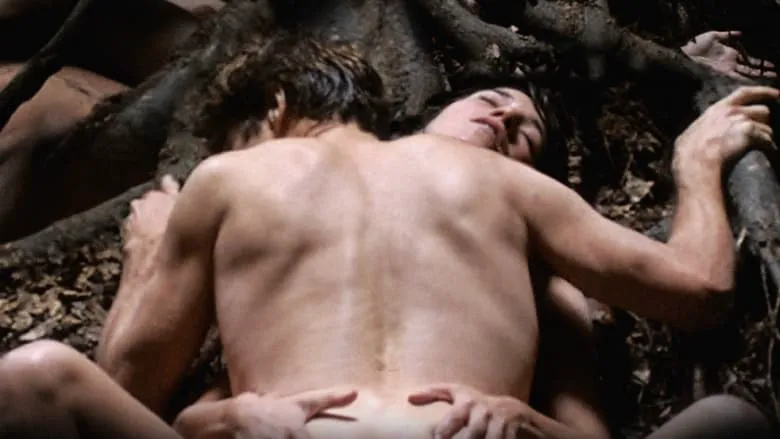
It was immediately clear that “Antichrist” (2009) was not going to be a children’s cartoon, judging by the plaintive cries of the Cannes audience, who were deeply offended by Lars von Trier’s film. Fortunately, the film turned out to be far more disturbing than the festival crowd’s nervous outbursts suggested.
Set to the music of Handel and fluffy snow falling outside the window, a man and a woman are making love. Their young son, captivated by what is possibly the first snowfall he has ever seen, climbs out of his crib, onto the windowsill, and falls out of the window. At the funeral, the mother faints. Dissatisfied with the fact that his wife’s depression is being treated with medication, the husband, a psychoanalyst, decides to save her himself: he takes her out of the hospital, begins therapy sessions, and takes her to Eden – a small house in the woods. Here, the therapy reaches its bloody climax, and conversations begin about nature being a temple of Satan, and the witches, about whom the woman was writing her dissertation, not being victims, but novices of this temple.
A Fork in the Road

After laughing along with the audience, with Cannes, with the Moscow International Film Festival, at scenes of the most pornographic and unimaginable cruelty imaginable in plush cinema halls, you will find yourself at a stone and three roads, as in a fairy tale. If you go to the left, you will find nothing: this is for those who prefer the adamant “he’s just crazy, he needs treatment.” If you go to the right, you will lose your horse: this is where unbridled erudition will lead you, the desire to involve Gnostics, Zabolotsky (“Lodeynikov listened. Over the garden swept a vague rustle of a thousand deaths. Nature, turned into hell, was doing its business without embellishment.”), the theater of cruelty, and all that.

If you go straight, you will perish yourself: this is for those who regret wasting money on a ticket. On this road, you can observe Trier practicing the most satanic part of arithmetic – subtraction. Reason (Willem Dafoe) and Madness (Charlotte Gainsbourg) engage in meaningful conversations, copulate, walk through the forest, and torment each other. Reason is haughty, cruel, and simple-minded. Madness is self-absorbed and terrifyingly banal. Their conversation is mesmerizing. At the same time, Trier has always been a humanist due to the fact that art, unlike a genuine divine act of creation, does not exist without a viewer, which hopelessly undermines the artist’s vain competition with God. This subtraction is the most touching attraction. Having dedicated the film to Tarkovsky and making a picture of absolute visual perfection, Trier shows that inside “Mirror” (1974) hides a funny horror (whoever still remembers Terekhova flying over the bed and the scene with spilled milk will appreciate it). Art is deceitful because it can fascinatingly and beautifully show a child falling out of a window and make you laugh out loud at scenes of monstrous cruelty and indecency.

The Audience as Antichrist
And when everything has already been subtracted, the viewer remains – the one who has always interested Trier the most, the inevitable dependence on whose gaze drives him crazy. If there is an Antichrist here, it is the audience, with the same satanic curiosity looking at everything that the screen can offer: blood, cartoons, or Lars von Trier, a jester who has crucified himself out of despair.